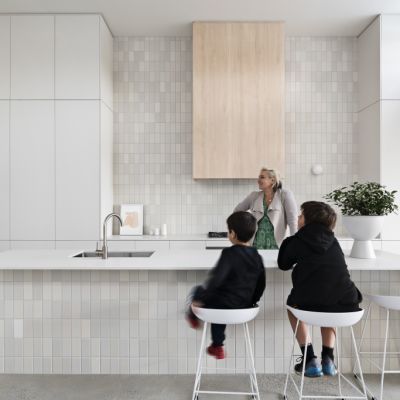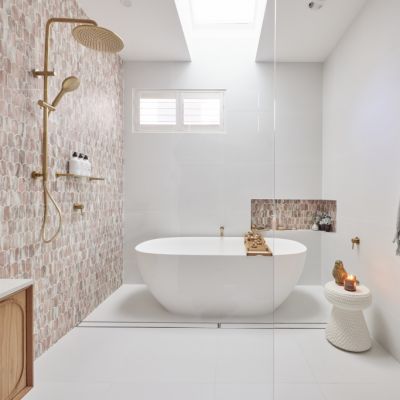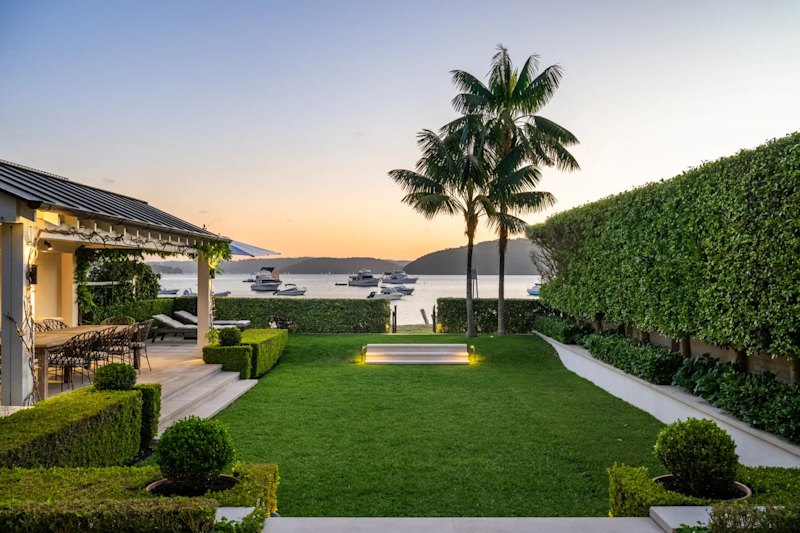How to decorate an open-plan living and dining room
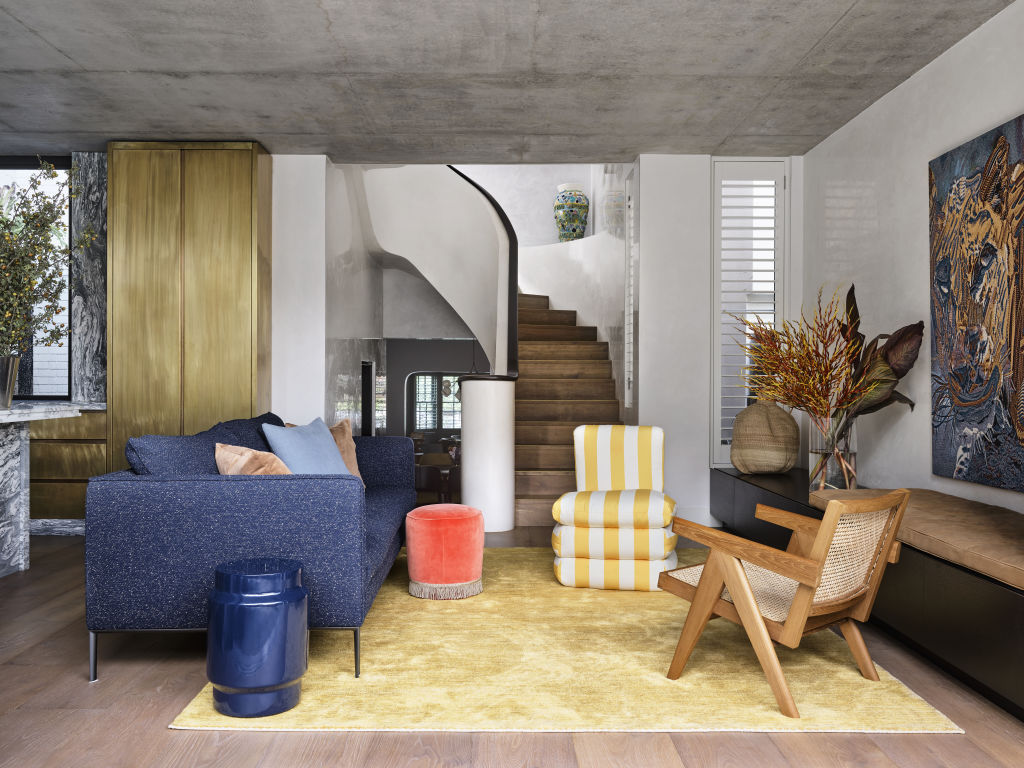
The kitchen area has long been considered the heart of the house. Yet for many of us, a home’s true epicentre is its living spaces.
It’s here that we host family and friends; where our home is on show, as well as being a place of relaxation.
If you’re a homeowner who loves to entertain, creating the ultimate living and dining space is key. Here’s what you need to know.
Lock in furniture placement
Whatever the size or shape of an open floor place, it’s imperative to arrange certain furniture pieces to create purposeful and delineated zones.
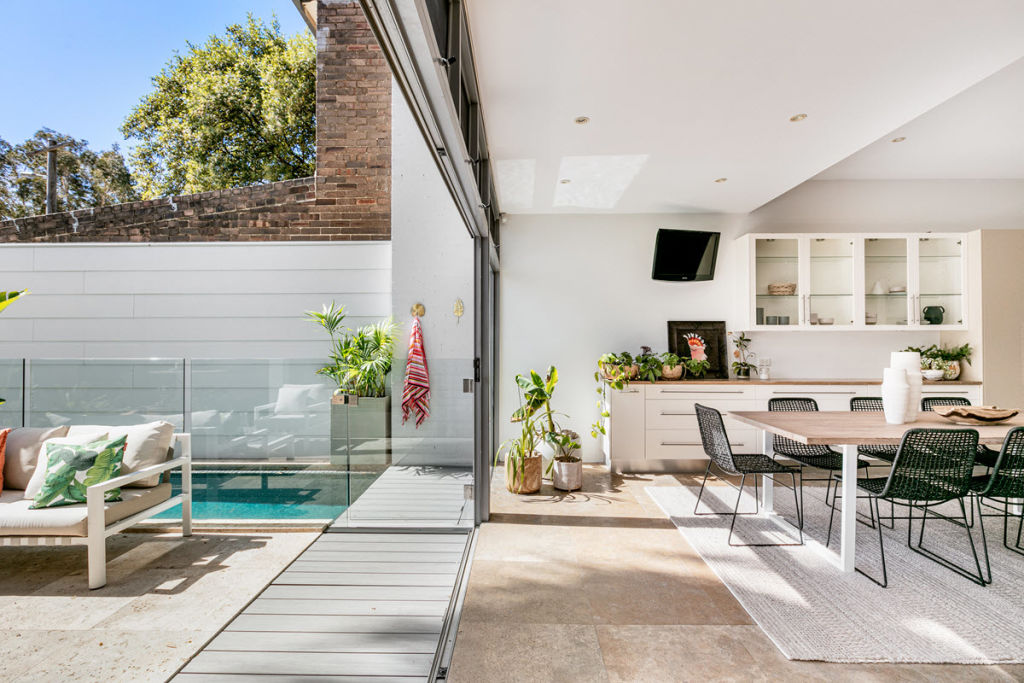
Picchio Interiors principal designer Anna Wood advises considering the route to the kitchen when planning layout.
“You’d normally have direct access to the dining table from the kitchen, so that you’re not walking food through the living area to sit down to a meal,” says Wood. “Having said that, the kitchen, dining and living areas don’t have to be lined up in a straight line.
Sometimes an L-shaped layout can create the best flow and add more interest to a space.
“Proximity to the garden or an al fresco area is another big factor for the layout,” Wood adds.
“Think twilight drinks on the patio before taking a few steps inside to sit in the dining area and eat a meal. Equally, a view of the garden can be a nice way to orient sofas in the living zone, so that they’re not solely directed towards the television.”
Define focal points
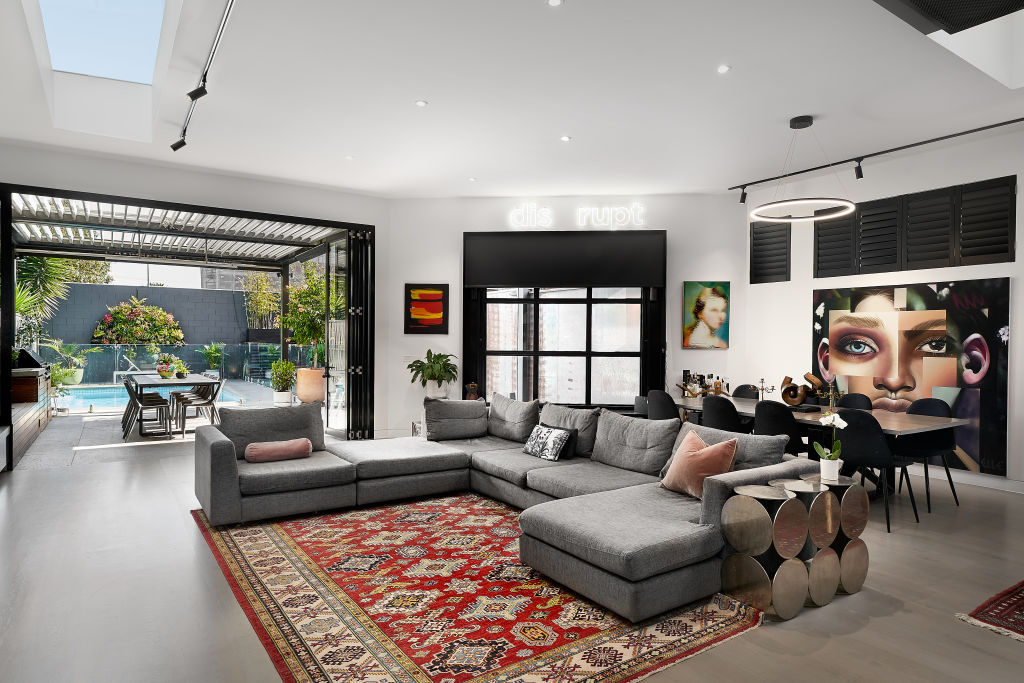
“The living and dining areas are next-door neighbours, but of course have very different functions,” says Wood. “A rug anchoring the living zone or perhaps a feature pendant light over the dining table are good ways to define the two areas as separate zones.”
Nonetheless, the living and dining zones should “speak” to each other through a harmonious – think cohesive rather than matching – material and colour palette.
“Consider how the dining table relates to the lounge area,” advises Jasmine McClelland, principal designer of Jasmine McClelland Design.
“There are so many styles and directions – the best thing to do is determine your style and concept. That will really help you when choosing shapes, fabrics and colours.”
“A floor lamp can be another lovely piece in the living room to dial up or dial down the lighting, and therefore the ambience of the room,” Wood says.
Mood lighting can make a room feel atmospheric and welcoming while complementing any natural light.
Get your proportions right
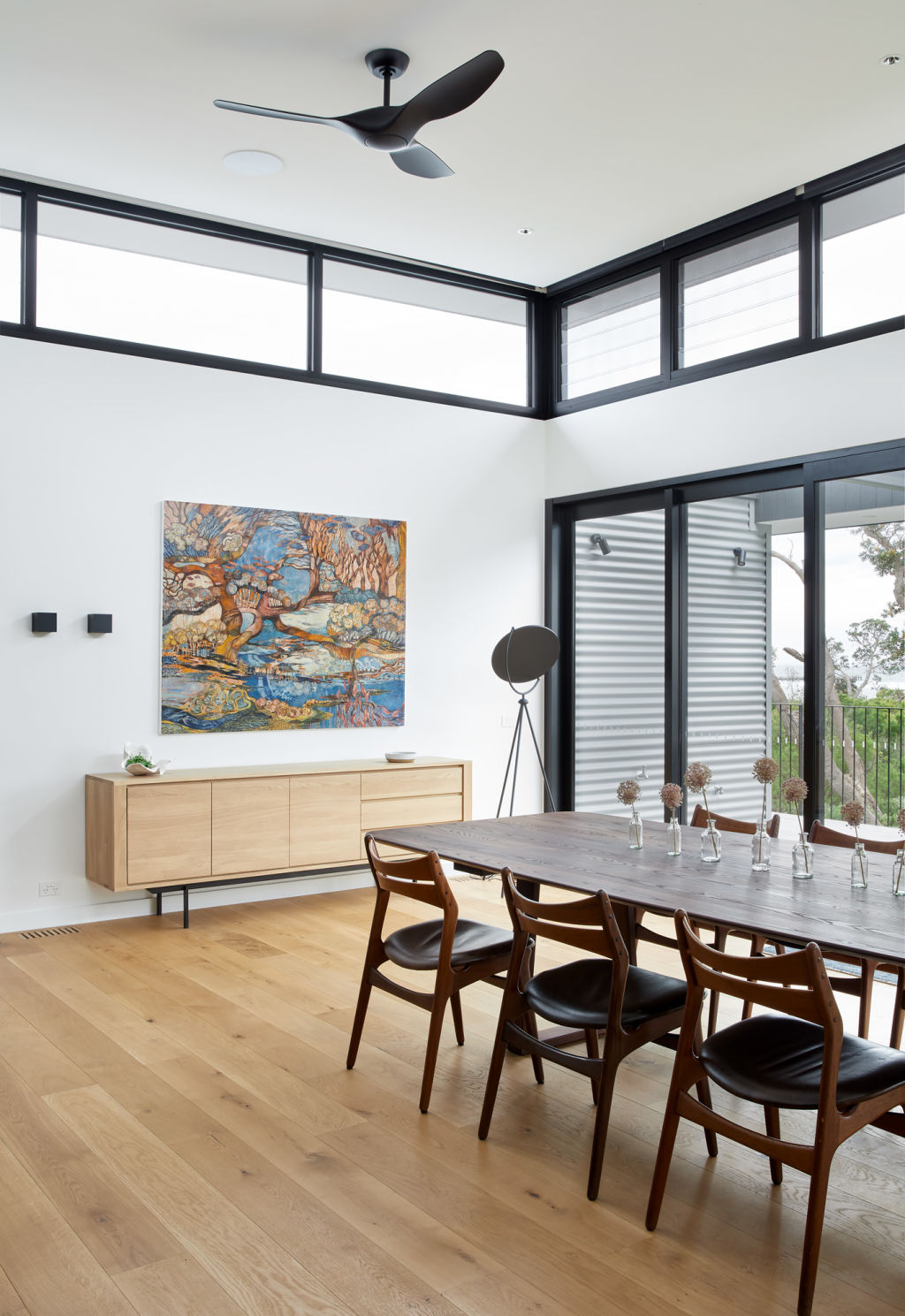
Proportions are crucial when it comes to big-ticket furniture items, particularly sofas and dining settings.
“Ask yourself how much room you have and how many you are needing to seat,” says McClelland. “Also consider the width of the dining table. You will want enough room for people sitting opposite and platters down the middle, but not so much room that you lose connection and intimate conversation.”
Granting sofas and dining settings room “to breathe” away from walls is important, too.
“There must be a sense of ‘negative space’ to balance out the large items,” says McClelland.
Style up an interior design storm
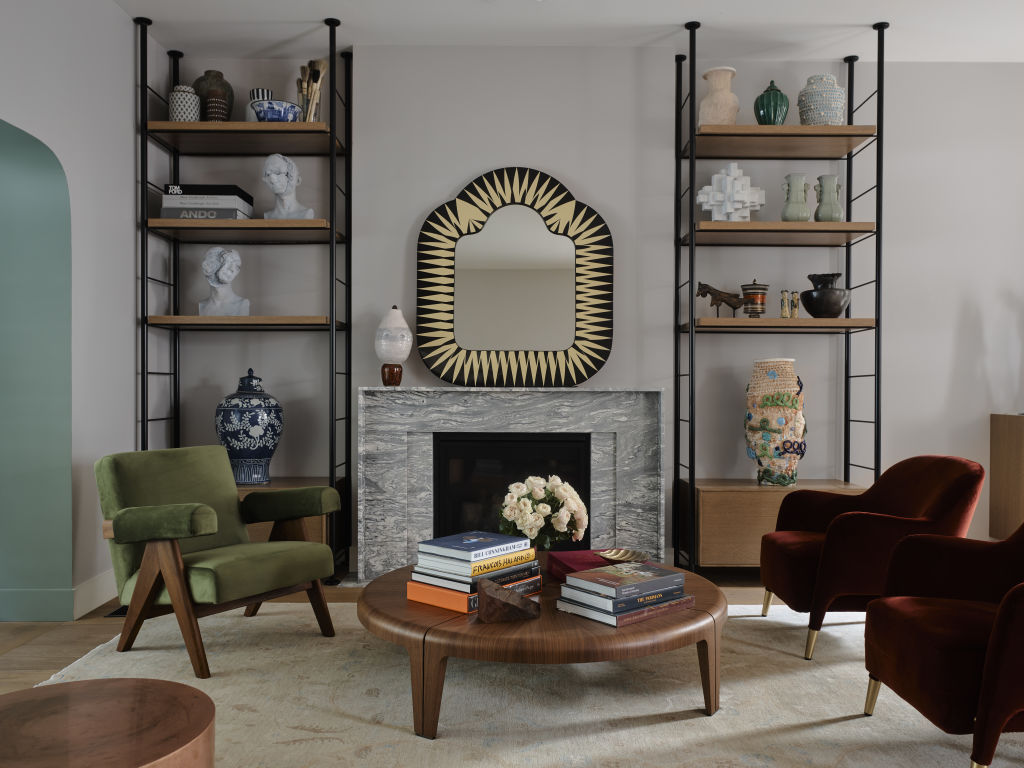
Now for the fun part … let the decorating begin! All that time browsing open-plan dining and living room ideas will finally pay off.
There is one rule to follow when it comes to upping your styling game: create beauty and interest by showcasing pieces that bring you joy.
As Wood says: “Place decorative objects on display from your collections or items picked up on your travels, and do fill your walls with artwork or family photographs that make you happy.”
McClelland concurs: “The lovely thing about styling is that it’s an opportunity to show off your personal style.”
Remember, too, that a living room need not – and indeed should not – be decorated in a day.
“Don’t feel like you have to fill all the walls and shelves straight away,” says Wood. “It’s much better to showcase a series of items or artworks that are important to you than some generic items purchased to fill a void.”
“Remember, a little balance and proportion when creating your shelfies, but really just have some fun with it,” is Wood’s sage advice.
“If the arrangement is pleasing to your eye, then it probably is fabulous!”

We recommend
We thought you might like
States
Capital Cities
Capital Cities - Rentals
Popular Areas
Allhomes
More
- © 2025, CoStar Group Inc.
